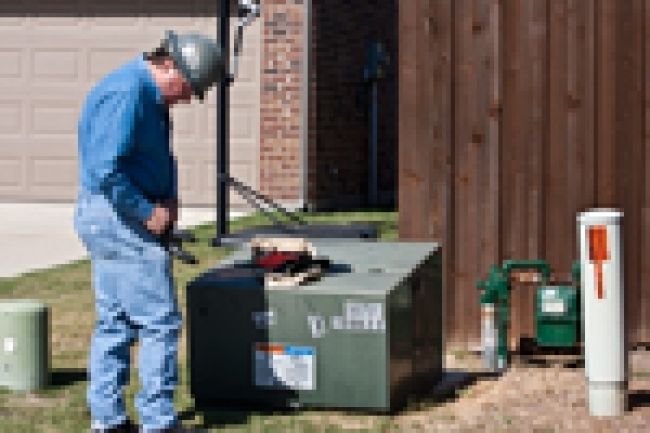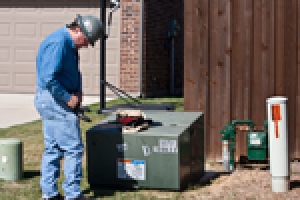
Safety Rules and Work Practices: Why Don’t They Match Up?

What do safety rules mean to the organization? To the worker? Does having a safety rule mean it has to be followed 100 percent of the time, part of the time or not at all? Most employers and employees would say 100 percent of the time. So why do safety rules and actual work practices not match up every single time? Is the rule not known or not understood, does it not fit the application or has it always been done that way?
In a recent survey by an electric utility, employees affirmed that there were often violations of safety rules, they did not always believe the safety rules were applicable to their job, required PPE was not always worn and safety rules were not uniformly enforced. Unfortunately, these same survey results could be found in many utility workplaces.
Safety Rule Development
Over the past 20 years, utility safety rules and standard work practices have changed significantly due to updates in consensus and regulatory standards and improvements in equipment and work methods. Consensus standards continue to ensure development of new theories and methodologies for employee safety. Regulatory agencies have updated and are currently in the process of updating electric power standards. Utilities and utility contractors continue to work hard to identify site-specific hazards and develop safety rules and work methods using industry best practices. So why do violations occur after safety rules and procedures have been reviewed and adopted as standard work practices?
Accepted Work Practices vs. Safety Rules
Safety rule violations may result from “accepted” work practices. For instance, a utility worker recently sustained an electric contact injury resulting in second- and third-degree burns over 60 percent of his body. In the investigation, it was discovered the crew routinely performed the same task without rubber gloves and no one at the utility had ever been counseled or reprimanded for this safety rule violation. Not wearing rubber gloves had become their accepted work practice. After the investigation, management decided to reprimand the employee because he was not following the written safety rules.
Do you see a problem with reprimanding a suffering employee who was following an accepted work practice? Does this accident identify a failure in the entire safety process and management system? Have we allowed our accepted work practices to drive our safety process?
If you relate to some of these examples of accepted work practices, you may need to take a closer look at why you are allowing these issues to occur.
• Ground-to-ground rules: The safety manual requires the use of rubber gloves from ground to ground with no exceptions. The field work practice allows an employee to don rubber gloves within 10 feet of an energized conductor.
• Rubber gloves and hot sticks: The safety manual requires the use of rubber gloves in all hot stick work, no exceptions. The field work practice does not require rubber gloves with telescoping sticks.
• FR garments: The safety manual requires FR garments. The field practice allows non-FR outerwear or the company has not made the commitment to provide 100 percent FR outerwear for all weather conditions.
• Truck grounding: The safety manual always requires truck grounding and the field practice only requires grounding under certain conditions.
• Job briefings: The safety manual requires written job briefing forms, but they are not completed for after-hours or weekend work.
Old vs. New Safety Rules
Have you ever changed a safety rule or a work practice and months later found the old rule or work practice was still being used? From a human perspective, it’s easy to continue doing something we know has worked in the past. No one was hurt, the job was completed in a timely manner and no one told us to stop because we were not complying with the safety rules.
Recently, a distribution substation supervisor stated the following: “I really have a lot of difficulty requiring low-voltage rubber gloves for control wiring since I never wore rubber gloves when I was a technician. Employees complain about the heat and discomfort and I feel confident they will be safe not wearing the gloves.” Unfortunately, the supervisor made a conscious decision to violate the new safety rules because he believed the old safety rule worked. His conscious decision stemmed from a true belief that nothing would happen if the rubber gloves were not worn. Many times our beliefs drive our actions and the belief that nothing will happen is a real obstacle to overcome. Employers must educate employees concerning safety rules. This does not mean just reviewing the rules in a safety meeting, but discussing the value of the rule, what it means and why it was developed, as well as describing what the safety rule looks like in practice in relationship to the work practices. When crew members are not given proper job information, they potentially operate in shades of gray – gray is the path to a near miss or accident.
Leadership Skills
The decision to follow or not follow the rules cannot be optional or developed from past experiences. Many supervisors, especially those who came up through the ranks, sometimes have a difficult time transitioning from being one of the guys to being the boss. They are often given little or no training on how to make that transition. Leadership skills need to be developed for supervisors and managers to ensure they have an understanding of their role in the safety process. Developing good leadership skills will give supervisors what is required to communicate, coach, enforce and reinforce the safety rules. Leaders lead by example, following safety rules all the time.
Accountability System
Uniform enforcement of safety rules must be emphasized. Supervisors and managers need to understand and communicate to their employees that following safety rules is not optional. An accountability system that holds both employees and their supervisors responsible should be developed. It is important to develop an enforcement strategy for the entire organization that can be monitored so all departments enforce the rules equally.
Management has the responsibility to develop safety rules and ensure the rules are uniformly enforced. Management and employees have the responsibility to follow the safety rules. When this occurs, accepted work practices and safety rules move toward complementing each other instead of conflicting with one another.
About the Authors: Jeremy Adcock currently works for Federated Rural Electric Insurance Exchange’s Safety & Loss Prevention Department as a crew observation consultant. He has 24 years of experience in the electric utility industry, with the majority of that time spent in linework.
Pam Tompkins, CSP, CUSP, is president of SET Solutions, LLC in Lexington, S.C. The company specializes in helping small- to medium-size electric utilities and contractors develop positive, proactive safety management systems and training processes. Tompkins is a founding member of the USOLN and serves on the CUSP program’s board of directors.

